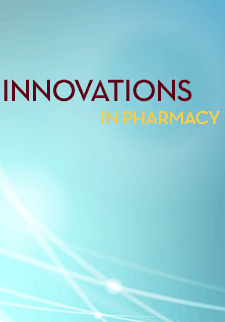The Impact of a Digital Vaccine Consent Form in a Large Community Pharmacy Chain
Aylin Unal
Correct Rx Pharmacy Services, Hanover, MD
Amy Spakrman
Kroger Health
Pramit Nadpara
VCU School of Pharmacy
Jean-Venable R. Goode
Virginia Commonwealth University
DOI: https://doi.org/10.24926/iip.v12i3.3898
Keywords: digital vaccine consent form, vaccine, confidence, technology
Abstract
Background: A large community pharmacy chain implemented a new digital platform to eliminate the need for patients to fill out a traditional vaccine consent form in the pharmacy. The new digital vaccine consent form allowed patients to complete the form online, where it was transmitted directly to the pharmacy’s network.
Objectives: To identify the characteristics of patients who used an online digital vaccine consent form to receive vaccinations and to evaluate patient satisfaction and confidence in utilizing the digital vaccine consent form to receive pharmacy services.
Methods: This three-month prospective study was conducted in the Mid-Atlantic division of a large community pharmacy chain. A 16-question survey was developed using information from the literature to collect demographic information and patient confidence and satisfaction with the digital vaccine consent form. An email was sent to pharmacy staff containing instructions on the procedure for posting a recruitment flyer, distributing the survey post-vaccination, and how to return completed surveys. Univariate and bi-variate analysis were conducted.
Results: Thirty-six participants responded to the survey, majority of participants were female (56%). Two patients used the digital vaccine consent form; both used because it was more convenient and were likely to use the form again. For those who did not use the digital vaccine consent form, 32% feel somewhat unconfident in using digital technologies for pharmacy services. A majority of patients prefer to be notified about new online services by email (39%) or advertisements in the pharmacy (31%). When asked the likelihood of using the digital vaccine consent form in the future, majority stated unlikely (34%) or neutral (25%).
Conclusions: Most participants did not utilize the new digital vaccine form. This provides an opportunity to further engage patients on the availability and use of the digital vaccine consent form in order to advance digital technologies for pharmacy services.



